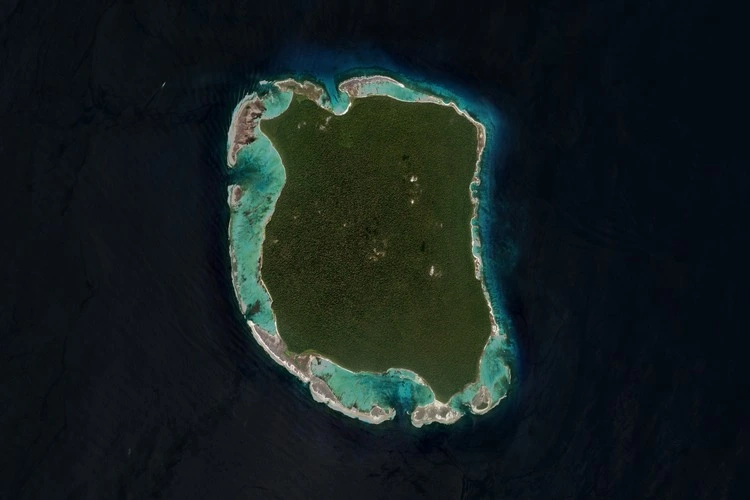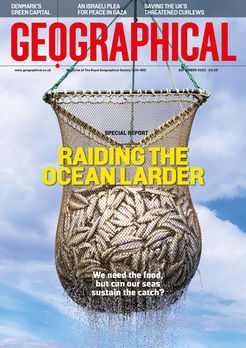
Most isolated Indigenous community in world, the Sentinelese, has lived in near-isolation for thousands of years
By
A US tourist has been arrested after attempting to make contact with the isolated Sentinelese community on India’s North Sentinel Island.
24-year-old Mykhailo Viktorovych Polyakov travelled 40 kilometres to the island last week, using an inflatable boat – modified with a motor – departing from Kurma Dera beach. According to reports, Polyakov blew whistles in an attempt to attract the Sentinelese community, after which he left a can of Coke and a coconut on its shores, collected sand and captured a video before departing.
The nomadic, hunter-gatherer people – one of the world’s few ‘uncontacted’ groups – have expressed in no uncertain terms that they do not want contact with outsiders. Additionally, the group also faces a deadly risk from any diseases brought to their shores by visitors, for which they have no immunity.
Visits to North Sentinel Island have been banned since 1996, and navy vessels regularly patrol the waters surrounding it to ensure that such regulations are enforced.
‘We are getting more details about [Polyakov] and his intention to visit the reserved tribal area,’ said a police spokesperson. ‘We are also trying to find where else he had visited during his stay in the Andaman and Nicobar Islands. We are questioning the hotel staff where he was staying in Port Blair.’
Related reads:
Previously, individuals have made journeys to and near North Sentinel Island with fatal repercussions. In 2018, American missionary John Allen Chau was killed by Sentinelese people after attempting to make contact and convert the island’s inhabitants to Christianity. And in 2006, Indian fishermen Sunder Raj and Pandit Tiwari were poaching in waters near the island when they were killed after their boat became unmoored and drifted onto the shore.
Who are the Sentinelese?
The Sentinelese were first brought to public attention following the 2004 Asian Tsunami, when one individual was photographed on a beach firing arrows at a helicopter checking on their welfare.
Anthropological estimates suggest the community is comprised of between 80 and 150 individuals; others suggest as many as 500, or as few as 15 live on North Sentinel Island.
Information about their way of life has mostly been gathered through observations from afar using moored boats, and suggests that the group are both healthy and thriving. Some observations have also shown children and pregnant women living on the island.
Among other practices, the Sentinelese hunt and gather in the island’s rainforest, and carry out fishing in coastal waters using thin canoes. Over time, the community have adapted to environmental changes, for example using metal recovered from shipwrecks for their arrows.




